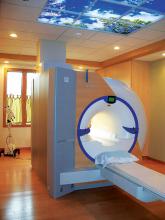While the harmful effects of ionizing radiation have been common knowledge for some time, it is only in the last decade or so that there has been a heavy focus on patient safety in radiology. Unfortunately, this was largely because of heavily reported cases of patients suffering physical trauma due to being excessively dosed during computed tomography (CT) examinations. National organizations such as the American College of Radiology (ACR), Medical Imaging and Technology Alliance (MITA) and the Joint Commission have devised various standards related to radiation safety, but much of the progress of the last 10 years can be attributed to the efforts of individual states, which are in turn inspiring others to take action.
If you enjoy this content, please share it with a colleague
- Read more about States Making A Difference in Radiation Safety
- Log in or register to post comments





